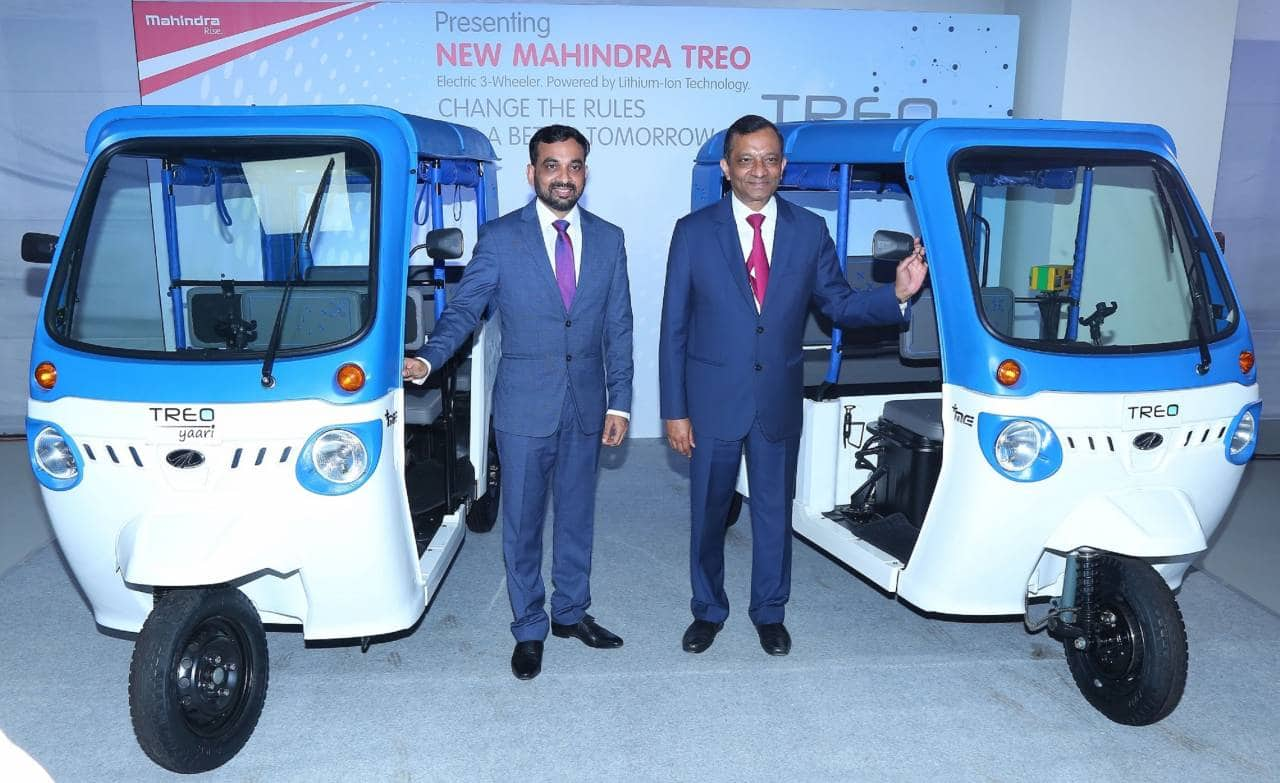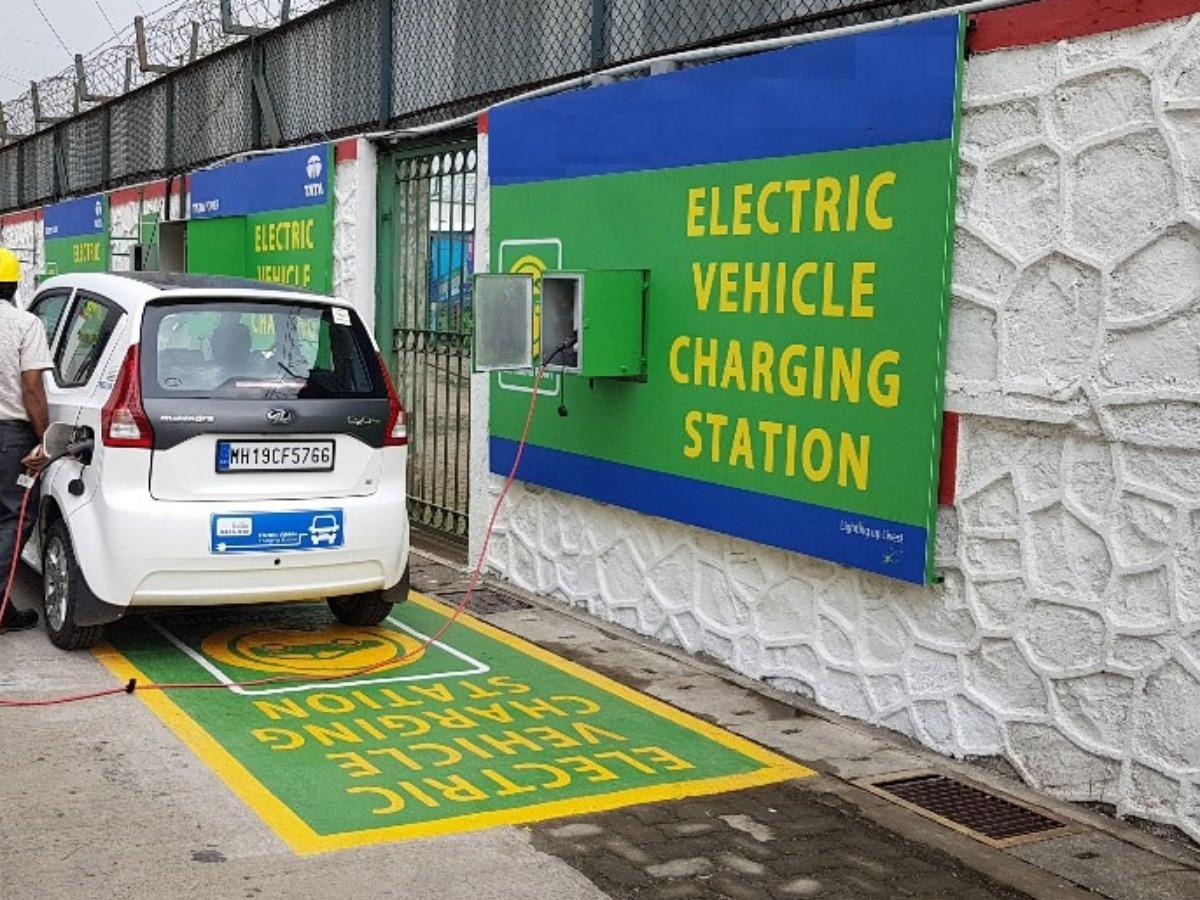Do You Think India Will Be The World’s Largest EV Market?
It is widely thought that electric vehicles are the way of the future, and we can already see the lineups. New advancements have been developed to further the technology as customer demand for EV technology generates.

After years of keeping it a secret, everyone from two-wheelers to automobile manufacturers and now even LCV businesses are progressively revealing their EV approach. Several prominent automakers have sold stakes in their EV subsidiaries, implying that they have worked on their EV business figures and made a case for investors. According to sources, the government is considering a new EV strategy like a phased manufacturing plan (PMP). This is part of a strategy to get major automakers like Tesla into the high-end EV market.
The new strategy would be company-agnostic, cater to the demands of the whole sector, and play a part in expanding the EV ecosystem in India. The concept is founded on the core idea that a phased manufacturing plan will assist enterprises in slowly increasing their level of indigenization. The government wants its incentives to fulfil domestic demand while providing a foundation for exports. These incentives are intended to aid in developing capacity in a new category while not impacting domestic enterprises like Tata Motors and Mahindra.

Why is India making efforts to bring international players into the Indian EV market?
India is now a prominent name in the global platform, and it will shine in the upcoming decade. The half credit goes to India’s worthiness in the talent and manufacturing sector, and the remaining goes to the losing trust in the Chinese territory. After the launch of Covid, China has gained negative limelight from all parts of the world. This has affected its citizens and jeopardized its effectiveness in the industrial domain. Many behemoths are now shifting their manufacturing bases from China to other geographies. And in the same line, India is also trying to attract major players to invest in India and its territories.
India’s future strategic relevance to major firms is expected to depend on ongoing infrastructure development, ease of doing business, government incentives, and the capacity to handle logistics, supply chain efficiency, and talent pool upskilling and retention concerns. India is predicted to become a significant EV market ($100 billion+ opportunity by the year 2030 throughout the value chain), owing to strong local demand, a sound legislative framework, and a manufacturer push. This, along with a robust talent pool and a well-established automotive manufacturing industry, suggests that the region has a high potential to become an EV production centre.
Who are the international players that will help the Indian EV market to prosper?
After a meeting with PM Narendra Modi In June 2023, Tesla chief Elon Musk said that the carmaker was finetuning the timing to invest in India. Tesla is planning to expand outside China, one of its primary manufacturing locations. There have recently been enough indicators that Elon Musk’s EV behemoth is looking to “bring its entire ecosystem, including vendors, to India,” according to authorities.

Aside from Tesla, multinational conglomerates like BMW and Foxconn have expressed interest in the Indian EV market. BMW executives recently met with authorities from the heavy industries ministry, asking for three years of duty-free imports of EVs. They stated they want to invest in a manufacturing facility in India after this period. The executives told the ministry that the firm would repay the duty advantages if it did not invest.
In early August, the CEO of Foxconn’s EV platform, Mobility in Harmony, stated that the business, which is now spending additional capital in India, is aiming to establish a base in either India or Thailand for a 3-seat vehicle valued between Rs 8.5 lakh and Rs 17 lakh. Foxconn operates in over a dozen countries, but most of its activities are in China, a dependency that the company attempts to minimize with media claims of substantial investments in India. To increase its competitiveness, the firm intends to expand its India operations to “critical components” for consumer electronics and EVs.
“Foxconn has ambitions to not only be a component manufacturer but also to embark into large-scale manufacturing in the EV space,” said Neil Shah, vice president of research at Counterpoint Research. The aim is to transform the dinosaur-like automotive industry into a more modern, fast-paced industry like smartphones. Foxconn has entered a new market: mobility. The BOL (build-operate-localize) philosophy is being implemented in EV production. They aim to be the Android of the EV ecosystem.”
Why India prefers EVs for the long term?
Climate change.
The fast growth in Green-House Gas (GHG) emissions has caused a severe shift in the global climate during the last decade. Carbon dioxide accounts for 65% of GHG emissions and is generated by combustion of fossil fuels for power production and industrial activities.
- 11% of Carbon dioxide emissions are attributed to forestry land usage and other agricultural land clearings.
- Methane from waste management and other agricultural processes accounts for 16% of the total.
- Furthermore, 6% and 2% come from nitrous oxide and 2% from fluorinated gases.
Taking Carbon dioxide as a critical concern, transport accounts for 14% of Carbon dioxide emissions, which is expected to rise to several million tonnes in the future. To address GHG emissions, the worldwide EV Summit was created to shift towards EVs to cut emissions. Furthermore, EVs employ batteries that are charged by renewable energy sources rather than fossil fuels. When it comes to reaching the break-even threshold, EVs are easier to maintain and less expensive than ICE vehicles. EVs outperform ICE vehicles in terms of total efficiency. As a result, the widespread adoption of EVs for transportation might significantly influence the environment.
Cost.
The hike in crude oil prices owing to the Russia-Ukraine crisis and other foreign conflicts has forced India to hasten the deployment of electric vehicles as the primary mode of transportation. Furthermore, the Indian government’s rigorous pollution standards, trash policy, and environmental consciousness have transformed the EV industry. Consumers have begun to favour EVs due to the Indian government’s tax policies and incentives. Furthermore, according to 2021 figures, India’s vehicle sector is the fourth-largest in the world.
Over the last decade, India’s electric car market has seen dramatic upheaval. Many customers are attracted by many new trends, an innovative and efficient number of models, the fast development of charging infrastructure, tax-saving plans, and incentives. The battery is a significant component of EVs that is quite expensive, making EVs more expensive when compared to regular ICE vehicles. By 2030, the cost of batteries is predicted to fall by 18%.

Electric vehicle adoption scenario in India.
Tata Motors, Mahindra & Mahindra Ltd., and other Indian automakers have launched EV sectors in the Indian market. Furthermore, the Indian vehicle companies welcome multinational EV automakers such as Hyundai, Kia, MG, and BMW. The EV sector available on the market today offers consumers several alternatives based on their demands and price range. These reasons contributed to the rapid expansion of India’s EV industry quickly. Furthermore, EVs in India include Plug-in Hybrid Electric Vehicles (PHEVs) and Battery Electric Vehicles (BEVs), with BEVs outselling PHEVs.
Benefits of moving towards the EV world.
- EV prices would fall due to advancements in battery technology, government regulations encouraging the development of batteries and other EV components, and a rise in battery manufacturers’ manufacturing capacity.
- Policies requiring zero emissions.
- GST reduction from 12% to 5% and an extra income tax deduction of Rs 1.5 lakhs on interest paid on loans used to acquire EVs.
- The budget eliminated customs duties on EV components like the onboard charger, e-compressor, and charging gun.
- Increasing the number of public charging stations and parking spaces is another strategy to encourage EV adoption.
- In addition to the national government, numerous state governments have developed their own EV programmes to address unique demands.
Future EVs and their advancement.
It is widely thought that electric vehicles are the way of the future, and we can already see the lineups. New advancements have been developed to further the technology as customer demand for EV technology generates. Customers want increased travel distance, battery capacity, safety ratings, efficacy, and attractiveness. A revolution in conventional silicon technology also demonstrates more possibilities for increasing EV efficiency and power use. Electric vehicles will become more comfortable, inexpensive, secure, dependable, and irresistible as battery management systems, signal isolation, high voltage, and current protection improve.

Conclusion.
India has the world’s largest untapped EV market. The “Make in India” project encourages companies to manufacture parts in India, notably lithium-ion batteries, which must be manufactured in India. Due to recent regulations, like the battery swapping legislation, that were implemented to stimulate a move towards green energy generation and decentralization of energy distribution, a well-established EV infrastructure is anticipated to be constructed nationwide. Government incentives and technical advances would make EV technology an inescapable breakthrough in India’s near future.




